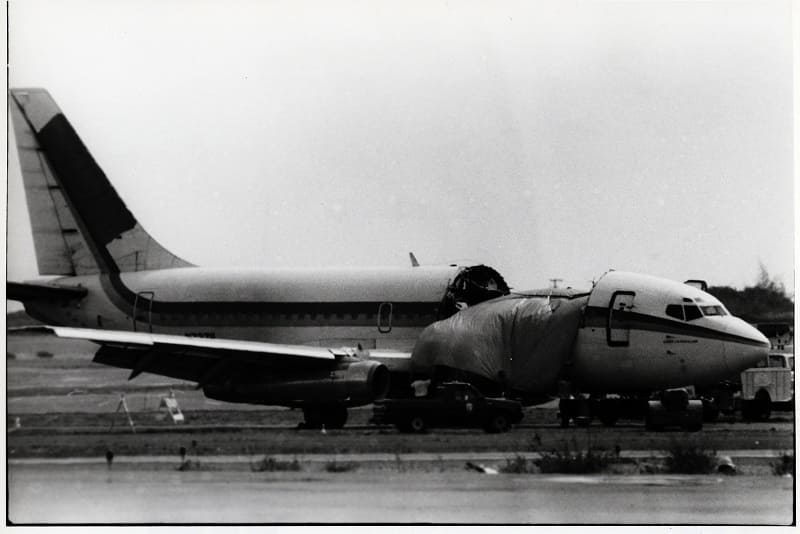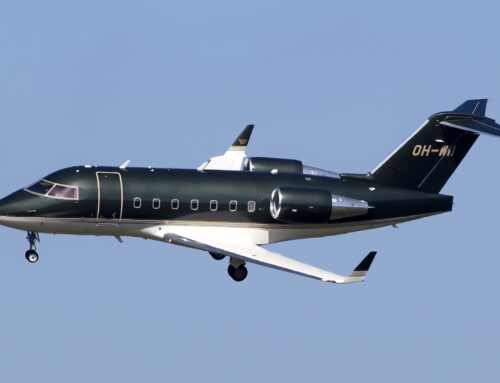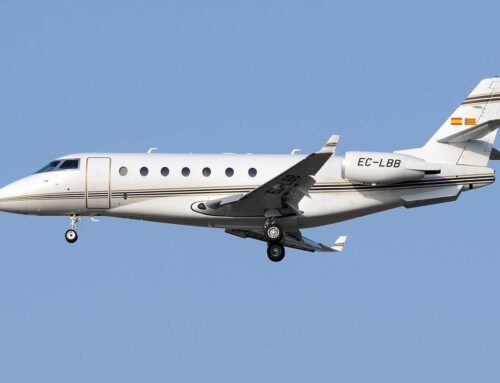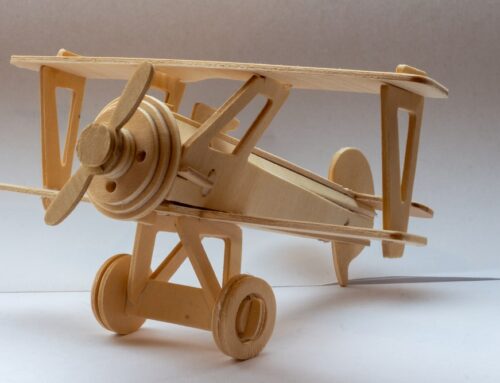In the fast-paced world of aviation, concerns about the safety and reliability of aging aircraft have become increasingly prominent. As the industry grapples with the memories of past aviation disasters, one incident stands out as a chilling reminder of the dangers posed by corrosion and fatigue damage. Aloha Flight 243, which experienced a catastrophic fuselage failure in 1988, serves as a haunting testament to the urgent need for proactive measures to address aircraft aging. In this blog post, we delve into the alarming implications of aircraft fatigue, the critical importance of retiring outdated planes, and the potential of custom airplane models to aid in understanding and preventing future mishaps.
The Aloha Flight 243 Disaster: A Harrowing Wake-Up Call
On that fateful day in April 1988, Aloha Flight 243, a fatigued Boeing 737 with a 19-year history, commenced a brief journey from Hilo, Hawaii, to Honolulu. As the aircraft ascended to an altitude of 24,000 feet, a significant portion of its fuselage unexpectedly ruptured, exposing passengers to the rushing open air. The pilots miraculously managed to keep the remaining structure intact long enough to execute a safe landing. Sadly, one flight attendant tragically lost her life as she was swept away from the aircraft. The subsequent investigation conducted by the National Transportation Safety Board (NTSB) uncovered a distressing truth: a mixture of corrosion and extensive fatigue damage caused by the repeated pressurization cycles endured over the plane’s extensive operational history of more than 89,000 flights. This disaster sent shockwaves through the industry, leading to the initiation of crucial safety reforms.
Understanding the Mishap: Corrosion and Fatigue Damage
Corrosion, a gradual deterioration of metal caused by environmental factors, poses a significant threat to the structural integrity of aircraft. When coupled with the repeated pressurization cycles endured during countless flights, fatigue damage can accumulate over time, further compromising the safety of aging planes. The effects of corrosion and fatigue are often insidious, remaining undetectable until a critical threshold is reached. This alarming reality necessitates proactive measures to retire aging aircraft before they become ticking time bombs, putting passengers and crew at grave risk.
The Impending Crisis: The Urgency to Upgrade
In response to the potential hazards posed by aging aircraft, regulatory bodies like the Federal Aviation Administration (FAA) have implemented initiatives such as the National Aging Aircraft Research Program. These programs prioritize stringent inspection and maintenance protocols for aircraft with extensive usage and high cycles. However, despite these efforts, a significant number of aging planes continue to operate, posing an ongoing threat to passenger safety. The urgency to retire outdated aircraft and replace them with modern, technologically advanced models cannot be overstated. Failing to address this issue jeopardizes the lives of countless individuals who rely on air travel.
Custom Airplane Models: Unveiling the Intricacies
Amidst the pressing need for enhanced safety, custom airplane models offer a unique perspective on the intricacies of aircraft design and construction. These detailed scale models precisely crafted provide aviation enthusiasts and industry professionals with a hands-on approach to understanding the complexities involved in manufacturing aircraft. From choosing the right materials to implementing precise construction methods, custom airplane models allow enthusiasts to explore the nuances that make each aircraft unique. By engaging with these models, hobbyists and experts gain valuable insights that contribute to safer aviation practices.
The Role of Custom Aircraft Models in Advancing Safety
Custom airplane models serve a purpose beyond being mere collectibles; they act as educational tools that foster a deeper understanding of aircraft mechanics and potential vulnerabilities. This knowledge, combined with advancements in materials science and engineering, can inform improvements in aircraft design, maintenance procedures, and materials selection. By integrating the insights gained from custom airplane models, the industry can establish higher safety standards and prevent catastrophic failures caused by corrosion and fatigue damage. Order your custom-built models now and showcase these collectibles to your office or to your home display.
Conclusion
The haunting memories of Aloha Flight 243 and other aviation disasters serve as stark reminders of the pressing need to address the issue of aging aircraft. The menace of corrosion and fatigue damage looms large, necessitating the immediate retirement of outdated planes. As the industry strives for enhanced safety, custom airplane models offer a unique opportunity to explore and understand the intricacies of aircraft design. By investing in modern, technologically advanced models and learning from their insights, we can ensure that future aircraft are built to withstand the challenges of time, thereby prioritizing passenger safety above all else. Let us take this crucial step toward a safer and more secure future of air travel, where the lessons learned from the past guide us toward a brighter tomorrow.



